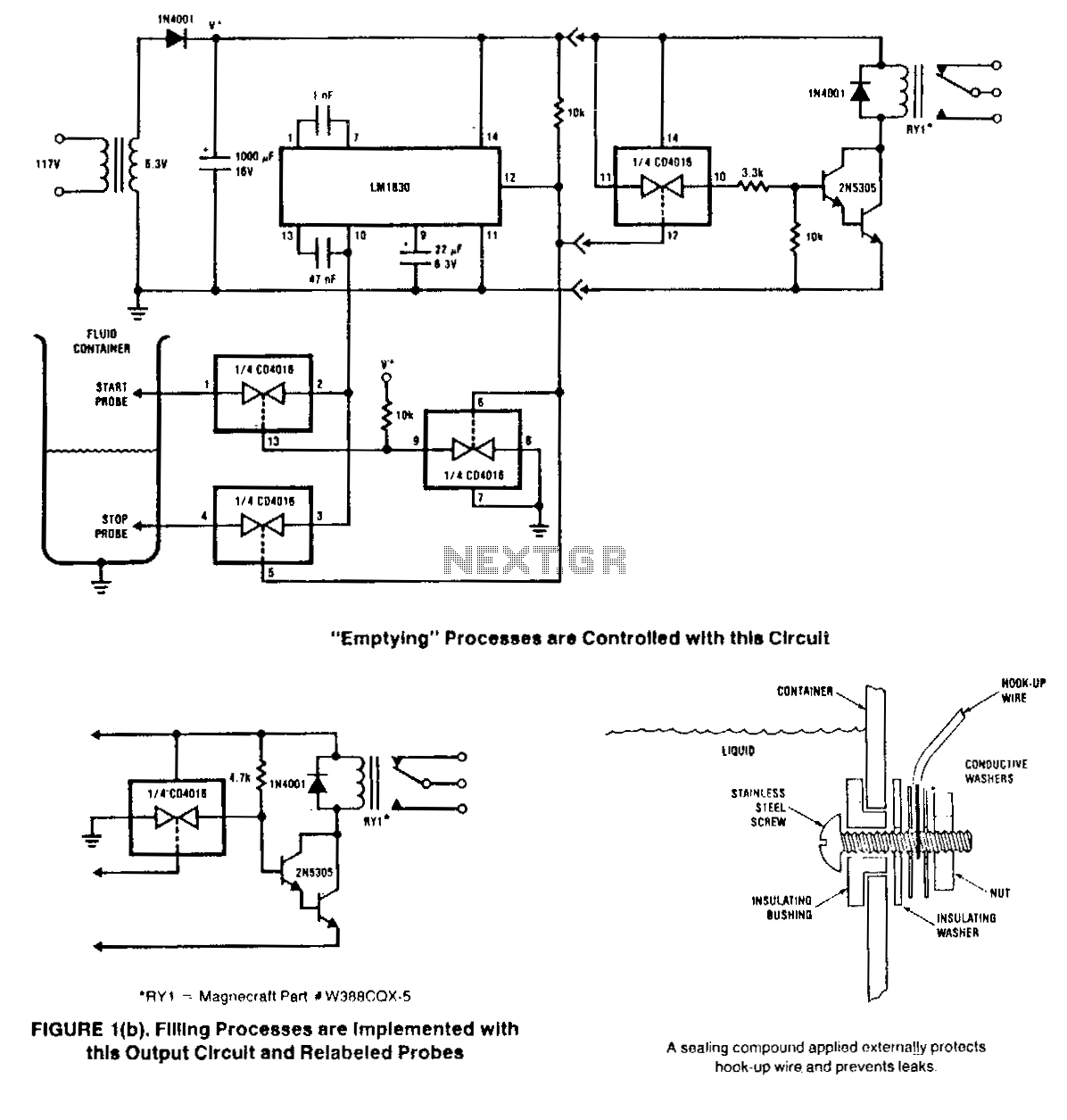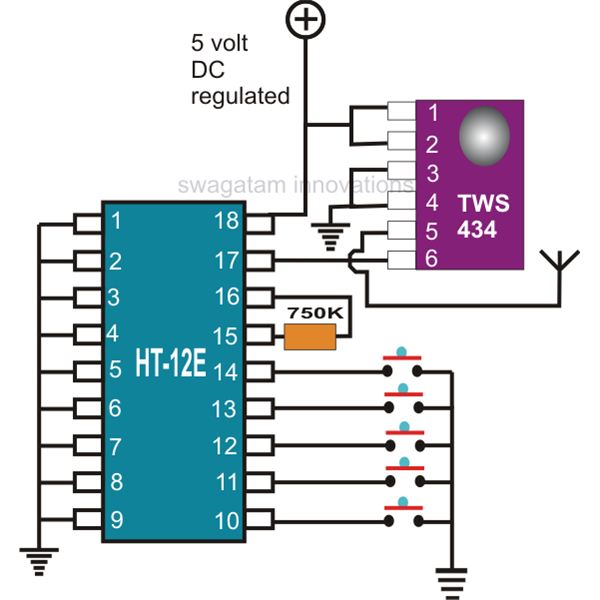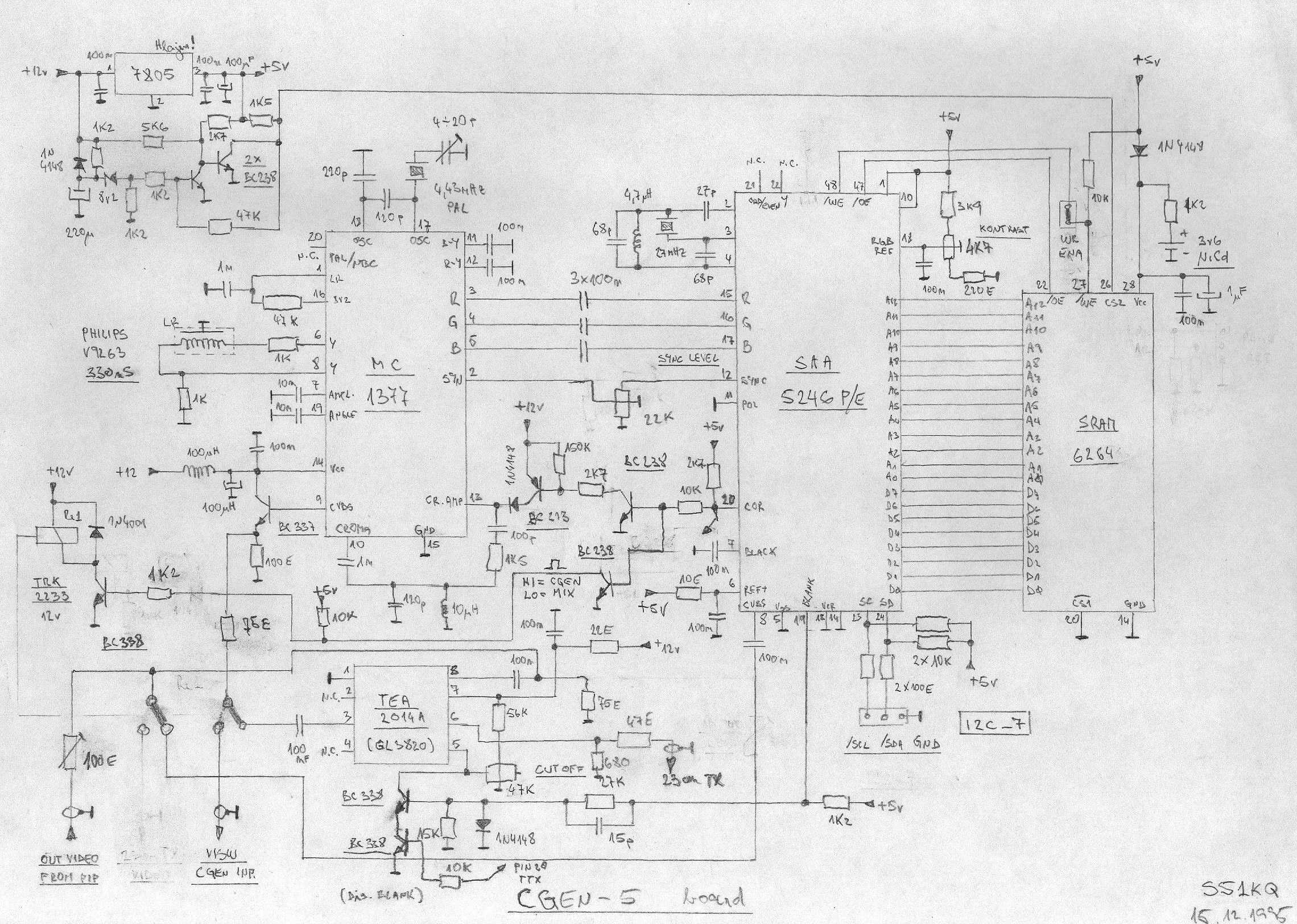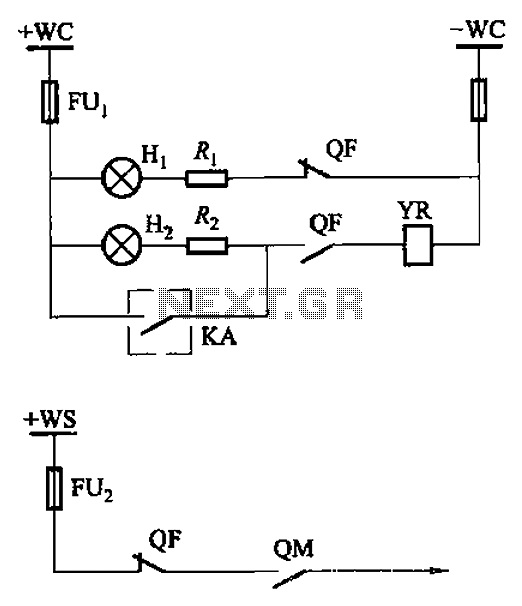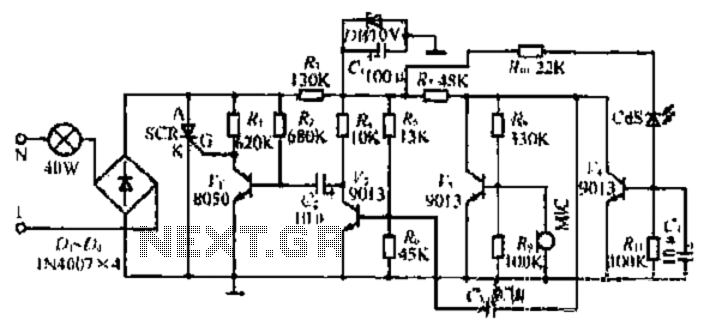
Bipolar stepper motor control with Picaxe and L293D
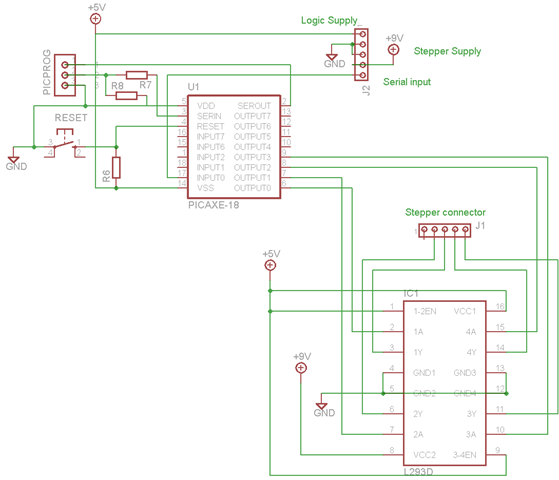
A schematic and program have been developed for operating a bipolar stepper motor through a serial interface, similar to the unipolar configuration. This is significant for the robot arm project, as two of the three stepper motors will be bipolar. In contrast to the unipolar stepper, which requires only current to be applied in one direction, the bipolar stepper motor necessitates a more complex driving mechanism.
The schematic for the bipolar stepper motor control includes a microcontroller that communicates via a serial interface, allowing for precise control over the motor's operation. The bipolar stepper motor is characterized by its two coils, which must be energized in a specific sequence to achieve rotation. The microcontroller sends commands to a motor driver circuit, which handles the directional control and current flow to the coils.
In this configuration, the driver circuit typically employs H-bridge topology, enabling the reversal of current through the coils. This is essential for the bipolar motor operation, as it requires alternating current direction to step through its phases. The program running on the microcontroller includes algorithms for step control, allowing the motor to achieve desired speeds and positions based on input commands.
To ensure reliable operation, the schematic should incorporate necessary components such as current limiting resistors, flyback diodes for back EMF protection, and decoupling capacitors to stabilize the power supply. The choice of microcontroller and driver IC should be compatible with the required voltage and current specifications of the bipolar stepper motors.
Additionally, it is vital to consider the power supply requirements, as bipolar stepper motors typically require higher current ratings compared to unipolar motors. Proper heat dissipation measures should also be integrated into the design to prevent overheating of the driver circuit during prolonged operation.
In summary, the developed schematic and program provide a comprehensive solution for controlling bipolar stepper motors in robotic applications, enabling precise movement and positioning essential for the functionality of the robot arm.I`ve now got a schematic and program for running a bipolar stepper motor via a serial interface (just as for the unipolar case). This is important for the robot arm cause because two of the three steppers will be of the bipolar kind.
Where driving the unipolar stepper required only current `pushing` (ie all in. 🔗 External reference
The schematic for the bipolar stepper motor control includes a microcontroller that communicates via a serial interface, allowing for precise control over the motor's operation. The bipolar stepper motor is characterized by its two coils, which must be energized in a specific sequence to achieve rotation. The microcontroller sends commands to a motor driver circuit, which handles the directional control and current flow to the coils.
In this configuration, the driver circuit typically employs H-bridge topology, enabling the reversal of current through the coils. This is essential for the bipolar motor operation, as it requires alternating current direction to step through its phases. The program running on the microcontroller includes algorithms for step control, allowing the motor to achieve desired speeds and positions based on input commands.
To ensure reliable operation, the schematic should incorporate necessary components such as current limiting resistors, flyback diodes for back EMF protection, and decoupling capacitors to stabilize the power supply. The choice of microcontroller and driver IC should be compatible with the required voltage and current specifications of the bipolar stepper motors.
Additionally, it is vital to consider the power supply requirements, as bipolar stepper motors typically require higher current ratings compared to unipolar motors. Proper heat dissipation measures should also be integrated into the design to prevent overheating of the driver circuit during prolonged operation.
In summary, the developed schematic and program provide a comprehensive solution for controlling bipolar stepper motors in robotic applications, enabling precise movement and positioning essential for the functionality of the robot arm.I`ve now got a schematic and program for running a bipolar stepper motor via a serial interface (just as for the unipolar case). This is important for the robot arm cause because two of the three steppers will be of the bipolar kind.
Where driving the unipolar stepper required only current `pushing` (ie all in. 🔗 External reference

